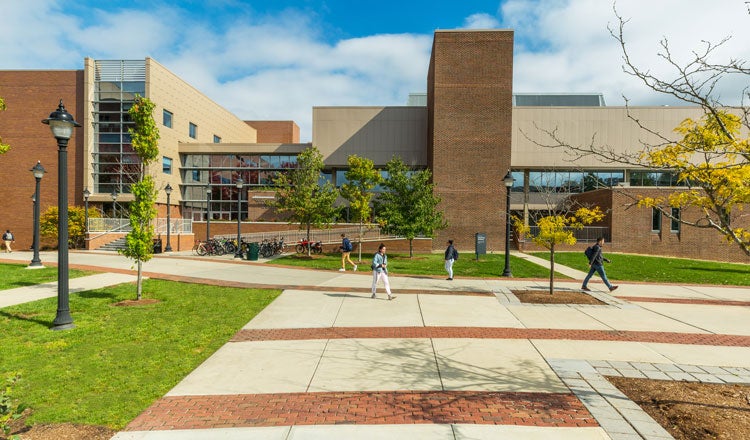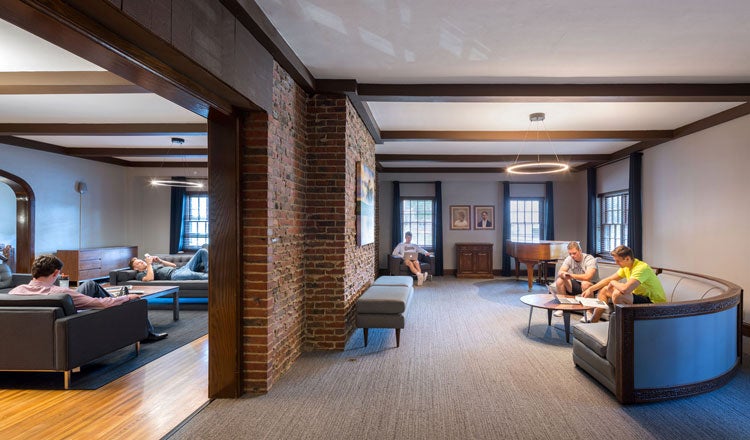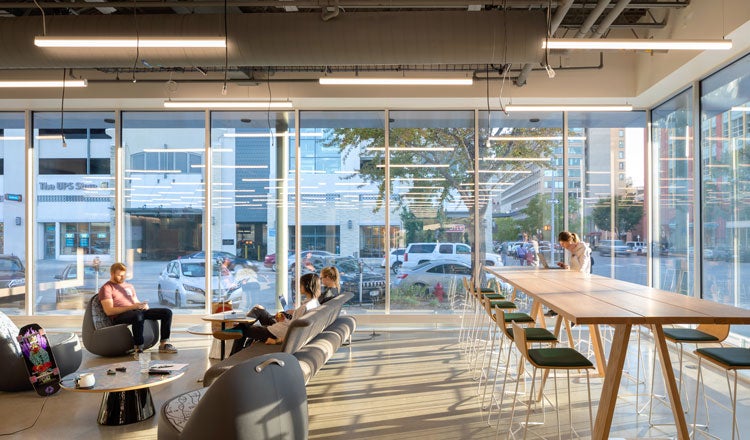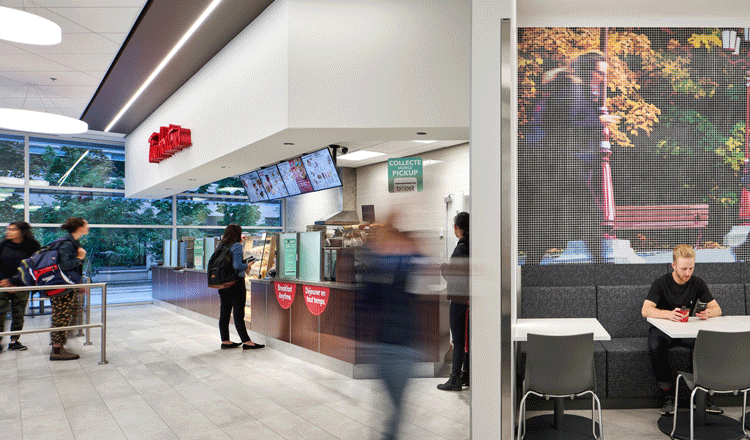Elevating the Residential Experience to Bring Students Back to Campus
These are challenging times for higher education. Even before the pandemic, the value of a university degree, and indeed the relevance of the traditional collegiate model, were the objects of question and critique. At the same time, many institutions faced financial pressures, sometimes at the existential level. And within the higher education community, attention to the need for supporting students’ mental health and promoting wellness had been rising over the past decade or so.
COVID-19 amplified the impact of these issues, placing additional stressors on students’ well-being and, at the same time, temporarily depopulating campuses and further straining institutional finances.

The Link Between Student Success & Residential Life
As we look toward a future less constrained by COVID-19, the need to bring students back to campus, in an environment that re-establishes a sense of community between students, faculty, and their college or university, motivates institutions to examine their approach to residential life.
Many of us who attended college or university can agree one of the most rewarding aspects of the experience is belonging to a new community. Two educators at the Harvard Graduate School of Education, Wendy Fischman and Howard Earl Gardner, studied the links between the sense of belonging and student engagement with its effect on educational outcomes. The result, "The Real World of College,” concludes students who feel the strongest sense of belonging within their educational communities are also the ones whose experiences are most transformational.
Design Strategies That Support Today’s Residential Experience
A student's residential experience is a key factor in this regard, and the design of residential environments plays a vital role in fostering a sense of community.
Read on to discover design strategies that can help institutions bring students back to campus.
Layered Social Spaces as Every Scale

The most successful designs build layers of interpersonal experience at expanding scales. They begin with bedrooms and suites designed to foster connections among the smallest of groups, progressing to neighbourhood or hallway groupings with lounges, community kitchens, and other shared spaces supporting slightly larger groupings. Depending on building size, amenities for even larger groups become anchor locations for a whole floor or wing of a building.
With pedagogies evolving in recent years, the need for group study and project rooms has grown to the point that providing these spaces simultaneously fulfills a critical functional need and fosters social connections. Newer functions, such as fitness rooms, meditation spaces, gaming lounges, music practice rooms, and maker spaces provide additional opportunities.
Connecting Campus Life to Community

Although they can often feel self-sufficient, university residences do not exist in isolation. They should engage with the surrounding campus and community by integrating with adjacent campus landscapes or expressing their social functions on the building’s exterior. Athletic fields and courts, quads, green spaces, pools and outdoor seating near residence halls encourage physical activity and interaction. Even related challenges such as the need for a single secure point of entry can become a social asset, as this core location creates an opportunity for residents to interact with each other and share in the use of buildingwide amenities.
Dining Options Beyond the Dining Hall

Dining is one traditional function continuing to strengthen students’ bond with their residential community. Although campus planning and business strategies do not always allow for dedicated dining halls in a residence, the importance of this function to student well-being and social cohesion should not be overlooked. Multiple alternative strategies are also available. Cafes, snack bars and grilles are great options that become more appealing with student staffing or late-night hours. Smaller, shared kitchens with adjacent seating can fulfill needs for off-hours eating and group meals.
Despite the increase of virtual learning in recent years, the value of in-person education within a residential collegiate experience has not diminished and, in fact, may have increased. Adopting these design strategies can help institutions attract and retain students, improve wellness, and establish life-long bonds between students and their alma mater.



